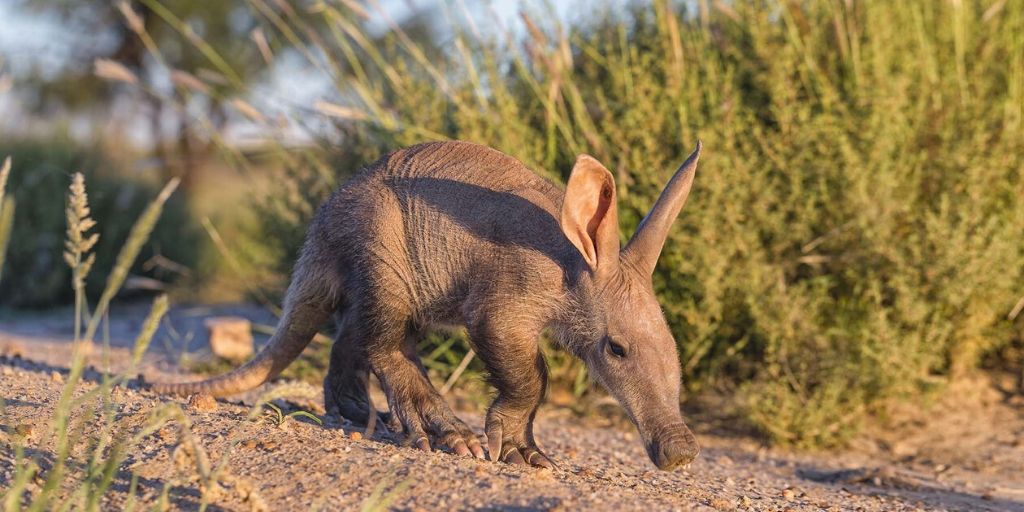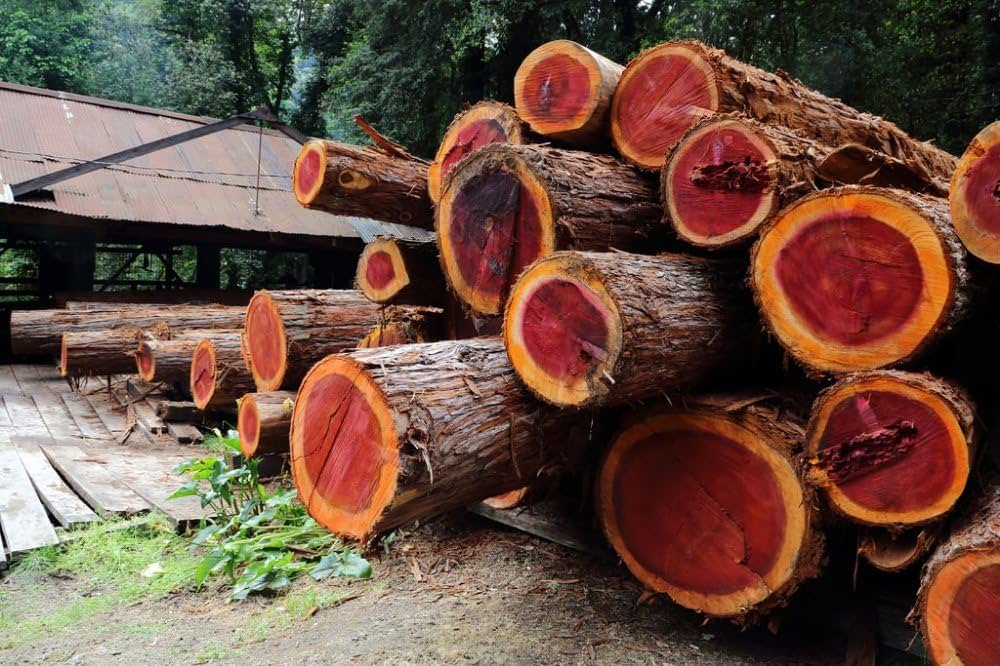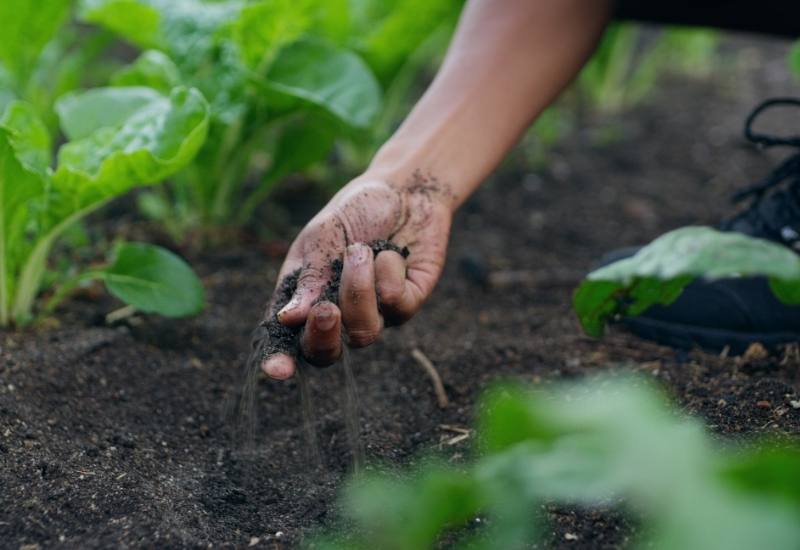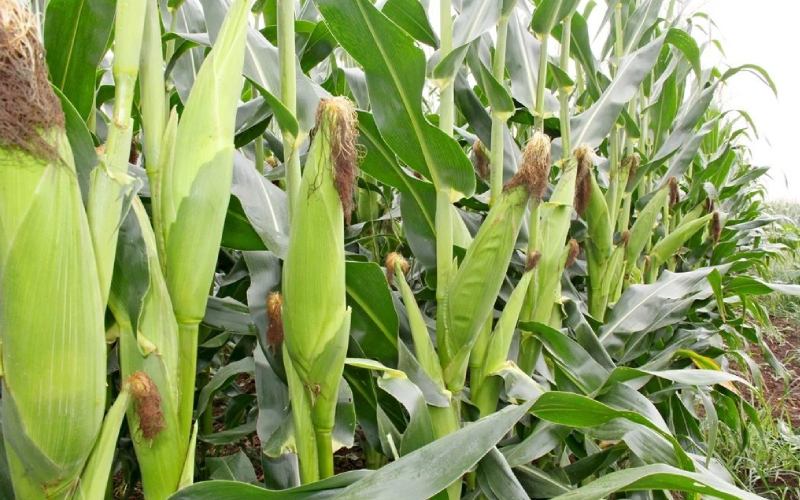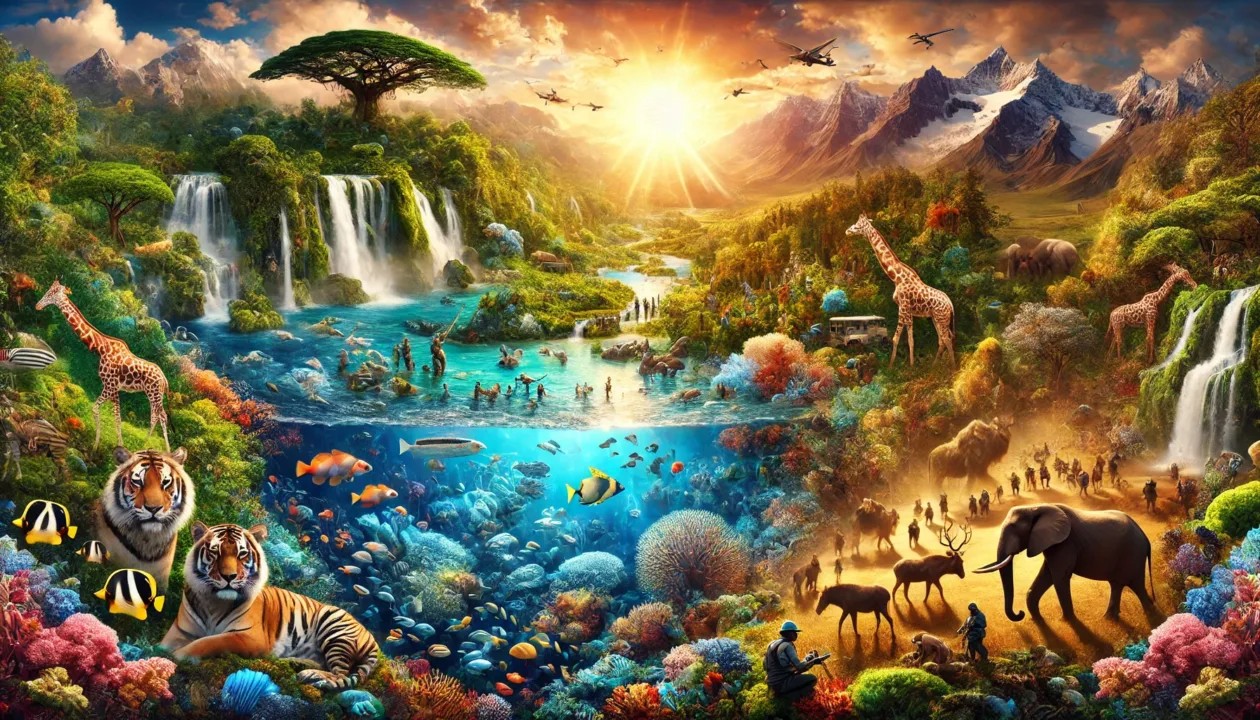- With its long snout, powerful claws, and a lifestyle shaped by solitude and survival, the aardvark is a creature few encounter but many unknowingly rely on.
- The aardvark reminds us that every species, no matter how elusive or strange-looking, is part of a larger web of life.
Tucked beneath the surface of the African savannah, hidden from view and often forgotten in conversation, lives one of nature's most peculiar architects. With its long snout, powerful claws, and a lifestyle shaped by solitude and survival, the aardvark is a creature few encounter but many unknowingly rely on.
Though rarely seen, its quiet work beneath the soil plays a vital role in the health of the ecosystems it calls home — a silent contributor in a world that too often overlooks the ordinary.
Often called "the earth pig" in Afrikaans, the aardvark is native to sub-Saharan Africa, including parts of Kenya; yet, it remains largely unseen by the public and misunderstood even by those who live near its habitat. It is a solitary, nocturnal mammal, perfectly adapted to life underground and in the shadows.
What makes the aardvark fascinating is not just its unusual appearance but its role in the ecosystem. It is a specialised feeder that lives almost entirely on ants and termites.
With sharp claws, it digs into termite mounds and ant colonies, slurping up thousands of insects in a single night with its sticky, elongated tongue.In doing so, it helps regulate populations of insects that, left unchecked, could damage crops and trees.
But perhaps the most overlooked contribution of the aardvark lies in its burrowing. These animals are excellent diggers, creating deep, spacious tunnels that serve not only as homes for themselves but later become vital shelters for other species.
When an aardvark abandons a burrow, it often becomes a haven for warthogs, porcupines, hyenas, jackals, snakes, and even owls. In arid areas where shade and shelter are scarce, these burrows offer critical relief from the heat and a refuge from predators.
Yet, like many animals that dwell out of sight, the aardvark faces growing threats. Habitat fragmentation, land conversion, and climate-related changes are slowly altering the landscapes on which it depends.
As ant and termite populations shift due to pesticide use and soil degradation, so too does the food source of the aardvark. As land is cleared for agriculture and infrastructure , the quiet corners where it once thrived are becoming increasingly scarce.
Despite its importance, the aardvark rarely features in conservation conversations. It is not a flagship species, nor does it receive the same level of attention as elephants, lions, or rhinos. But that doesn't make its role any less valuable.
Biodiversity is not just about the iconic animals we know and love — it is also about the unseen custodians of the ecosystem: the diggers, the pollinators, the decomposers — the ones who work in silence.
The aardvark reminds us that every species, no matter how elusive or strange-looking, is part of a larger web of life. Protecting biodiversity means looking beyond the spotlight and understanding the value of the forgotten.
In a time when the natural world is under increasing pressure, perhaps we need more respect for the quiet diggers — the ones who ask for nothing but earth, ants, and the space to continue doing what they've done for generations.

